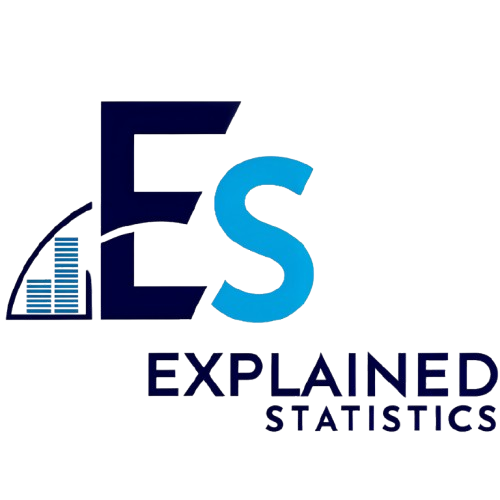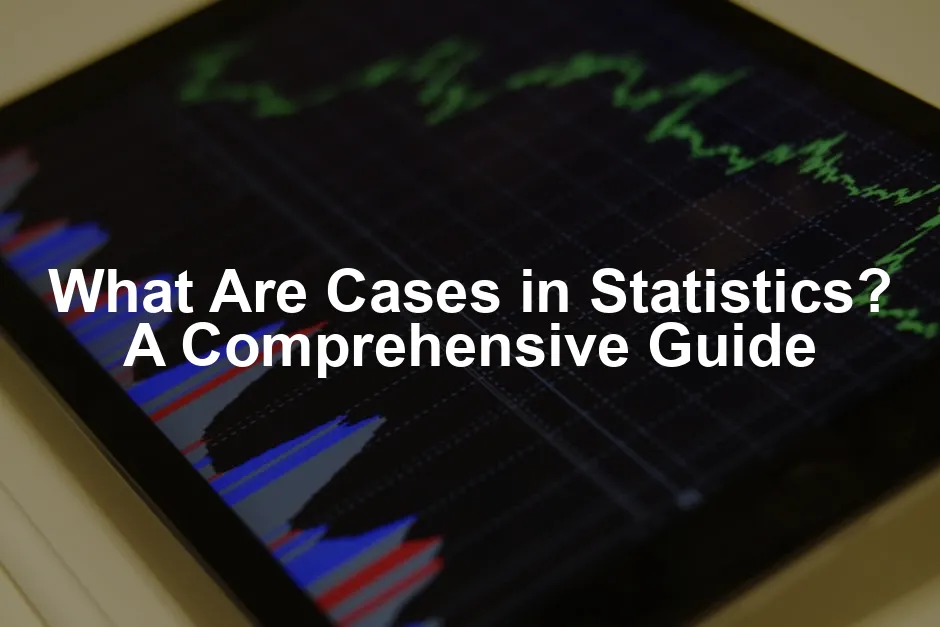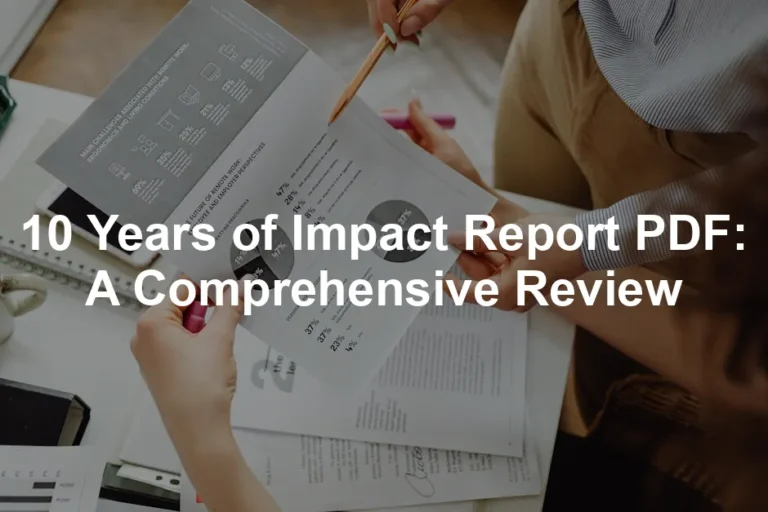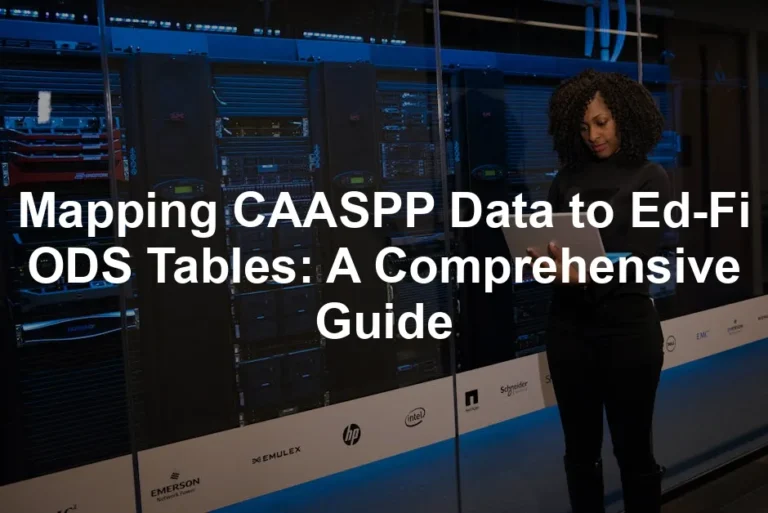Introduction
Statistics is all about understanding data, and at the heart of it all are cases. But what exactly are cases in statistics? Imagine trying to make sense of a mountain of data without knowing what each piece represents. That would be a bit like trying to read a book without knowing the alphabet!
In this article, we’ll unravel the mystery of cases and their importance in data analysis. A case is an individual unit of data collected from a population. Think of it as a single record in a dataset, representing a specific individual, household, business, or any entity being studied. Each case provides crucial information that contributes to our understanding of broader trends and patterns.
Understanding cases is vital for anyone working with data. Whether you’re in education, business, or biology, cases serve as the foundation for statistical analysis. They help researchers and analysts make informed decisions, identify correlations, and draw meaningful conclusions. For example, in education, cases might represent students, with variables such as study hours and test scores. In business, cases could be individual stores, with variables like sales and customer counts. In biology, cases might be plants or species, with variables including growth rates and disease resistance.
By grasping the concept of cases, you empower yourself to navigate the vast landscape of data with confidence. You’ll gain insights that can influence decisions, drive research, and ultimately lead to better outcomes in various fields. So, let’s take a closer look at what constitutes a case and how it functions in the world of statistics.
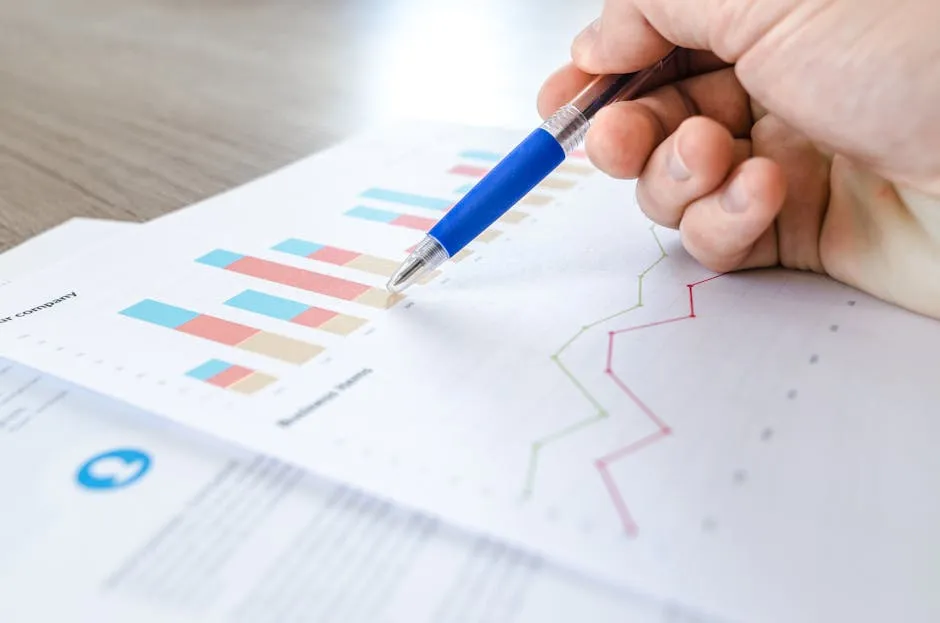
And if you’re looking to deepen your statistical knowledge, check out Statistics for Dummies. It’s a great starting point for anyone who feels a bit lost in the world of numbers!
Understanding Cases in Statistics
What is a Case?
A case is essentially an individual unit of data collected from a population. It represents a specific entity about which information is gathered. This could be anyone or anything that is the subject of your study. Think of cases as the building blocks of datasets.
For example, in a study involving students, each student would be a case. If you’re examining sales data for a chain of stores, each store represents a case. From households to businesses and everything in between, cases form the core of your dataset.
When we talk about cases, we often hear interchangeable terms like “experimental units.” This refers to the same concept, highlighting the idea that each case is an entity from which measurements or observations are taken.
To put it simply, a case is like a single page in a book of data. Each page contains unique information, and together, they tell a larger story. Understanding this concept is crucial for analyzing data effectively.
And if you’re interested in enhancing your data management skills, consider picking up The Data Warehouse Toolkit: The Definitive Guide to Dimensional Modeling. It’s a must-read for anyone serious about data architecture!

Examples of Cases
Let’s consider some practical examples to illustrate the concept of cases:
- Education: In an educational dataset, individual students serve as cases. The variables might include their study hours and exam scores. For instance, you could have 30 cases (students) with their respective study hours and test results recorded.
- Business: In a retail context, each store can be considered a case. Here, the variables could be total sales, customer footfall, and employee count. For example, a dataset might include 10 stores with data on their sales figures and customer traffic.
- Biology: In biological research, cases might represent different plant species. The variables could include growth rates, resistance to diseases, and environmental conditions. For instance, a study could involve 15 cases of various plant species with data on their growth and health.
Speaking of biology, if you’re diving into data analysis, don’t forget to check out The Art of Statistics: Learning from Data. It’s a fantastic resource that bridges the gap between statistics and real-world applications!
Interchangeable Terms
It’s worth noting that the term “case” is sometimes used interchangeably with “experimental units.” This terminology is particularly common in experimental studies, where researchers manipulate certain conditions and observe the outcomes for each case. Regardless of the term used, the concept remains the same: a case is an individual unit from which data is collected, forming the basis for analysis.
By understanding cases and recognizing their significance in statistics, you’ll be well-equipped to analyze data effectively and draw meaningful conclusions. These individual units are crucial for understanding broader trends, making informed decisions, and conducting thorough research across various fields. So, the next time you encounter a dataset, remember that each case holds the key to unlocking insights that can transform your understanding of the data.

Structure of a Dataset
Components:
Datasets are like the blueprints of data analysis, consisting of two key components: cases and variables. Cases represent individual units from a population, while variables are the characteristics measured for each case. Picture a school classroom filled with students. Each student is a case, and their attributes—like age, grade, and study habits—are the variables.
In a typical dataset, cases are arranged in rows, while variables are organized in columns. For instance, in a dataset about cars, each row represents a car, and columns might include variables such as make, model, year, and mileage. This organization allows researchers to analyze data efficiently and derive insights.
Visualization:
To better understand how cases are represented, imagine a simple table:
| Case Number | Student Name | Study Hours | Exam Score |
|---|---|---|---|
| 1 | Alice | 5 | 88 |
| 2 | Bob | 3 | 75 |
| 3 | Carol | 4 | 92 |
In this table, each row signifies a case (a student), and each column represents a variable (study hours and exam scores). This structure enables quick comparisons and analyses across different cases, making data interpretation straightforward.

The Relationship Between Cases and Variables
Defining Variables
Definition:
Variables are the characteristics of cases that can take various values. They help us understand and analyze the data collected from cases. Each variable can be different for each case, providing a rich tapestry of information.
Types of Variables
- Quantitative Variables: These are numeric and can be measured. Examples include height, weight, and test scores. They allow for mathematical calculations and comparisons.
- Categorical Variables: These are descriptive and assign cases to specific groups or categories. Examples include gender, color, or brand. They help categorize data but don’t lend themselves to arithmetic operations.
How Cases and Variables Interact
Examples:
The interaction between cases and variables is crucial for data analysis. Let’s look at two real-world examples:
- Example 1: Education
In a dataset concerning students, each student is a case. The variables might include study hours and exam scores. For instance, if Alice studies for 5 hours and scores 88, while Bob studies for 3 hours and scores 75, we can analyze how study time affects exam performance. - Example 2: Business
In a retail dataset, each store serves as a case. Variables could include total sales and customer counts. Imagine Store A generates $10,000 in sales with 150 customers, while Store B earns $5,000 with 80 customers. This data helps businesses assess performance and make informed decisions.
Understanding how cases relate to variables is essential for drawing meaningful insights from data. By examining these relationships, researchers can identify trends, correlations, and even causal links, leading to better decision-making across various fields. For those looking to explore the intricacies of data science, Data Science for Business: What You Need to Know about Data Mining and Data-Analytic Thinking is a fantastic reference!

Cases in Different Domains
Education
In the educational sphere, individual students serve as the backbone of statistical analysis. Imagine a classroom buzzing with energy; every student is a case contributing to the larger educational narrative. The variables we might measure include time studied and exam scores.
Picture a hypothetical dataset containing 30 students. Each row represents a unique student, while the columns capture the hours they studied and their corresponding exam scores. For instance, let’s say we gather data for three students:
| Student | Time Studied (Hours) | Exam Score (%) |
|---|---|---|
| Alice | 5 | 88 |
| Bob | 3 | 75 |
| Carol | 4 | 92 |

From this dataset, we can analyze how study time impacts exam performance. Are students who study longer achieving better scores? It seems so! This analysis can guide educators to tailor their methods for maximum student success, proving that every case (student) holds vital information that can influence teaching strategies and outcomes.
And for those teaching or studying statistics, The Elements of Statistical Learning: Data Mining, Inference, and Prediction is a comprehensive guide that can elevate your understanding!
Business
In the business realm, individual stores represent the cases that drive decision-making processes. Each store, with its unique metrics, contributes to the overall business strategy. Key variables we might examine include sales figures, customer traffic, and refunds.
Imagine a dataset encompassing six different stores, with relevant data displayed as follows:
| Store | Sales Figures ($) | Customer Traffic | Refunds ($) |
|---|---|---|---|
| A | 10,000 | 150 | 1,000 |
| B | 5,000 | 80 | 500 |
| C | 8,000 | 120 | 300 |

Businesses leverage this case data to make informed decisions. For example, by analyzing sales figures against customer traffic, a retailer can determine if higher foot traffic translates to more sales. If Store A has impressive sales but high refunds, it might signal an issue with product quality. Understanding these cases helps businesses refine their offerings, optimize marketing strategies, and ultimately boost their bottom line. The right data can be the difference between thriving and merely surviving.
And for those looking to enhance their Excel skills for better data management, consider grabbing Excel 2021 for Dummies. It’s perfect for beginners and seasoned pros alike!
Biology
In biology, individual plants or species act as vital cases for research. Scientists study these cases to understand variables like growth rates and disease resistance. Each case contributes to our broader knowledge of biology, ecology, and conservation.
Consider a dataset examining 15 different plant species. The variables of interest might include height, width, and age. Here’s a snapshot of what that dataset might look like:
| Species | Height (cm) | Width (cm) | Age (Years) |
|---|---|---|---|
| Oak | 300 | 60 | 50 |
| Maple | 250 | 45 | 40 |
| Pine | 200 | 30 | 30 |

By analyzing these cases, researchers can uncover insights about how certain species thrive in different conditions. Understanding growth rates and resistance to diseases helps in conservation efforts and agricultural advancements. Each case (plant species) provides unique insights that can lead to better practices in ecology and agriculture, highlighting the importance of case studies in biological research.
And if you’re interested in some practical applications, Data Science from Scratch: First Principles with Python is an excellent resource to get you started!
In summary, whether it’s students in classrooms, stores in a retail chain, or plant species in an ecosystem, cases across various domains are essential. They provide the granular data needed to drive analysis and decision-making. Each case is a piece of a larger puzzle, and together, they form a comprehensive picture that informs practices in education, business, and biology.

Types of Cases in Statistical Analysis
Experimental Units vs. Observational Units
In statistics, the terms “experimental units” and “observational units” describe different types of cases, each with its unique role in research.
Definitions and Differences:
Experimental units are the subjects that researchers manipulate in an experiment. They are the entities receiving treatments or interventions. For instance, if a scientist is testing a new fertilizer, each plant in the study is an experimental unit. On the other hand, observational units are the subjects observed without any manipulation. These units provide data through natural conditions. For example, if researchers analyze student performance without intervening in their study habits, the students act as observational units.
Examples
- Experimental Units: In a clinical trial testing a new medication, each patient receiving the drug is an experimental unit. Their responses help determine the medication’s effectiveness.
- Observational Units: If researchers analyze the correlation between exercise and health outcomes by observing different individuals in a community, each individual is an observational unit.
Understanding these distinctions is crucial for correctly interpreting statistical findings and ensuring appropriate analytical methods.

Case Studies
Definition:
A case study is an in-depth investigation focused on a single unit. This unit could be an individual, group, organization, or event. Unlike broader statistical analyses, case studies dig deep into the complexities of a particular case, providing rich qualitative insights.
Applications:
Case studies complement statistical analysis across various fields. In education, they can examine teaching methods within a classroom setting, providing detailed context that numbers alone cannot reveal. In business, analyzing a company’s strategies during a crisis can offer lessons for future decision-making. Similarly, in healthcare, studying patient experiences can highlight gaps in services that data might overlook.
Strengths and Weaknesses:
The strengths of case studies lie in their depth and context. They provide a comprehensive understanding that can inform theory and practice. However, they also have limitations. Findings from a single case may not be generalizable to a larger population. Additionally, case studies can be time-consuming and may introduce researcher bias, as the investigator’s perspective can influence interpretations. Balancing these strengths and weaknesses is essential for researchers to draw meaningful conclusions from case studies.

Data Collection and Case Management
How to Collect Data for Cases
Collecting data for cases involves various methods tailored to the research question and context.
Methods:
1. Surveys: Surveys are an effective way to gather data from a large number of respondents. They can be structured with closed-ended questions for quantitative analysis or open-ended to collect qualitative insights.
2. Experiments: In experimental research, data collection occurs through controlled tests. Researchers manipulate one or more variables to observe their effects on the experimental units. For example, in a study testing different teaching methods, data might be collected on student performance before and after implementing a new approach.
3. Observational Studies: This method involves observing subjects in their natural environment without interference. It allows researchers to collect data on behaviors and interactions as they occur, providing valuable insights into real-world conditions.
Each method has its advantages and drawbacks. Surveys can reach a broad audience but may suffer from low response rates. Experiments provide strong causal insights but may lack real-world applicability. Observational studies offer rich contextual data but can be time-consuming and difficult to analyze.
Challenges:
Data collection isn’t without challenges. Researchers must consider factors like participant bias, non-response rates in surveys, and the difficulty of controlling external variables in observational studies. Addressing these challenges requires careful planning and a clear understanding of the research objectives.

By employing the right data collection methods and effectively managing cases, researchers can ensure that their findings are robust and informative, ultimately leading to better decision-making across various fields.
Data Management
Organization
Organizing your data files is like tidying up your room—necessary but often avoided. When it comes to structuring data, think about cases and variables as your trusty allies. Each case is a row in your spreadsheet, while variables fill in the columns.
Consider using a clear naming convention for variables. For instance, instead of “Score_1,” go with “Math_Score.” This clarity helps you and others understand what the data represents at a glance. A well-structured dataset makes analysis smoother and more efficient, reducing confusion like a vacuum cleaner in a messy room!
Tools
When it comes to managing cases and variables, tools like spreadsheets are your best friends. They allow you to enter, organize, and analyze data with ease. Google Sheets and Microsoft Excel are popular options that offer built-in functions for calculating averages, medians, and more.
For more complex datasets, consider using statistical software such as R or SPSS. These tools can handle larger datasets and perform advanced statistical analyses. They may seem daunting at first, but once you get the hang of them, they can save you hours of work. If you’re new to R, R for Data Science: Import, Tidy, Transform, Visualize, and Model Data is a fantastic resource!

In summary, whether you’re using a simple spreadsheet or advanced software, the right tools can make data management a breeze. Keep your cases and variables organized, and you’ll be well on your way to insightful analysis.
Conclusion
Understanding cases in statistics is crucial. Cases serve as the essential building blocks of data analysis. Without them, we’d be staring at a jumble of numbers with no idea what they mean.
Each case represents an individual unit of data collected from a population. This could be anything from students in a classroom to plants in a garden. By recognizing the importance of cases, researchers can analyze data effectively, drawing informed conclusions that drive decision-making in various fields.
In today’s data-driven world, knowing how to identify and manage cases is more vital than ever. Whether you’re working in education, business, or research, a solid grasp of cases can lead to better insights and outcomes. So, next time you find yourself sifting through a dataset, remember that each case holds valuable information waiting to be uncovered. And if you’re looking to dive deeper into data science, The Data Science Handbook is a great reference!
Understanding cases is essential for effective data analysis. This can be explored further in our article on tips for effective data analysis in economics and statistics.
Please let us know what you think about our content by leaving a comment down below!
Thank you for reading till here 🙂
FAQs
All images from Pexels
